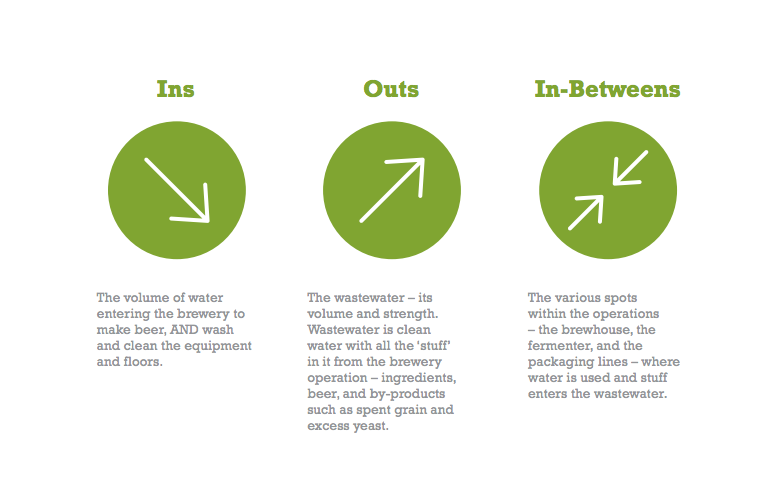Ontario Beer, The Water Frontier
You may not be aware, but Ontario is the new ‘it’ place for craft beer. There are many subtle signs of this: craft breweries popping up all over the province, the ever-changing seasonal beers of popular craft breweries featured in chain restaurants, and the ability to order a beer flight at almost everywhere. It’s a great time to be in Ontario.
Yet more exciting, is that many breweries are interested in incorporating sustainable water practices into the micro-brewing process, based on expert sustainable practices. For example, the Bloom Centre for Sustainability (BLOOM) in Ontario has recognised the extraordinary growth of the craft beer market and has developed the 20 By 25 strategy, which utilizes sustainable water technology. The 20 By 2025 vision is to extend the craft beer market share in Ontario to 20% by 2025, increasing its current share by 14% (BLOOM, 2017). This market share will reflect an income of approximately $3 Billion CAD towards the Provincial economy, a $2 Billion CAD increase from 2016.
To many of us as water stewards this may immediately seem like an expansive use of valuable water resources – so why should we support this? A core focus of BLOOM is water management and addressing the ins and outs of water within the brewing process. BLOOM has incorporated a pseudo-IWRM framework in which water supply, quality, wastewater and waste management become pivotal concerns of manufacturing amongst small to mid-market breweries. They have further developed the Water & Beer online platform as a resource for brewers and stakeholders to understand the different roles that water plays in the process of brewing, and recognising it as more than just a key ingredient. These efforts have also been identified by The Ontario Brewer’s Association as the “one-stop guide to the ins and outs of water management”, naming BLOOM as the “go-to authority on environmentally sustainable industry practices”.
Water and Beer – Ins, Outs and In-Betweens of Water in Craft Breweries from BLOOM on Vimeo.
Of course, breweries are not forced to adhere to these practices and there is room for growth within the actual programs put out by BLOOM in terms of the potential of water reuse. Yet, the example of a private company creating market awareness through demonstrations (they have led multiple demonstrations of their treatment suggestions) and having popular breweries utilize their suggestions is a major step forward. It marks a shift in the cohesion of economic and business development with environmental sustainability, a movement that is essential for better business practices across the environmental sector, and recognised by the United Nations as a key practice to fight against climate change in the years to come.

Here is an example of the projected usages of water within breweries, and the areas that breweries can identify room for more sustainable practices. Source: “Driving Adoption of Innovative Solutions at Ontario Craft Breweries”, by The Bloom Centre for Sustainability (June, 2017). Pg:5
Altering brewing practices as the market expands, and offering to increase the sector through sustainable means demonstrates that there are companies that understand the ever-increasing importance of water in our society, especially within consumable goods. From a business perspective, 20 by 2025 is a piece of market strategy that incorporates resource management concerns with local business growth in a very simple, yet effective way.
BLOOM is making strides in finding ways to connect sustainability and business at a grassroots level. It’s rare that we see smaller organisations pair so well with industry, especially one that is as popular as brewing, and this is a case study for many other consumables to take note of. So when you come down for the IWA Young Water Professionals Conference in Toronto this coming week, check out our local craft brews to really embrace the Toronto culture – but take a second to recognise that some of these beers are made with water sustainable practices. It might not be the first thing you think of when you’re drinking, but it’s definitely a reason to buy another round.

